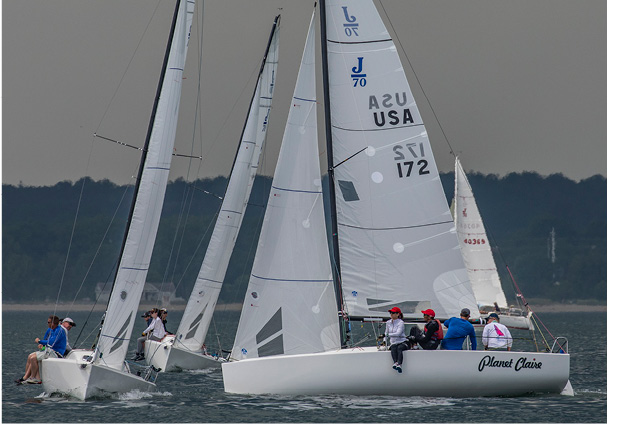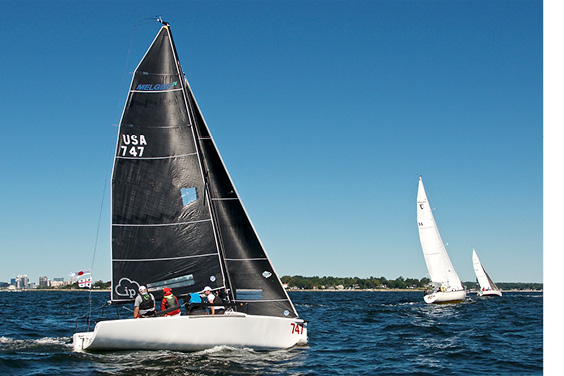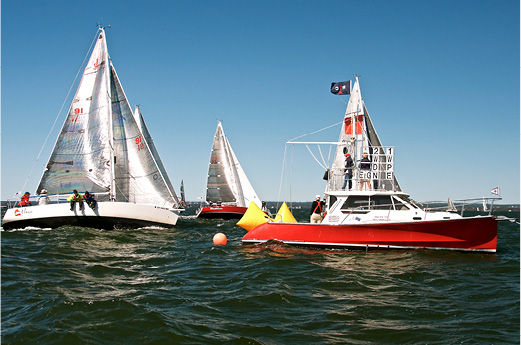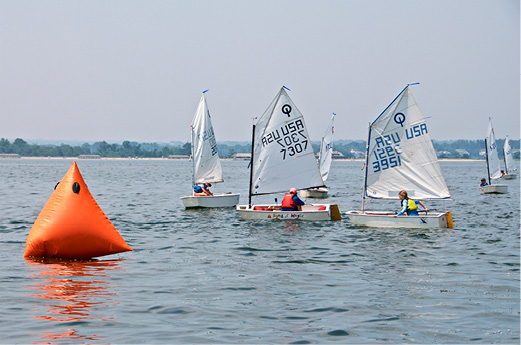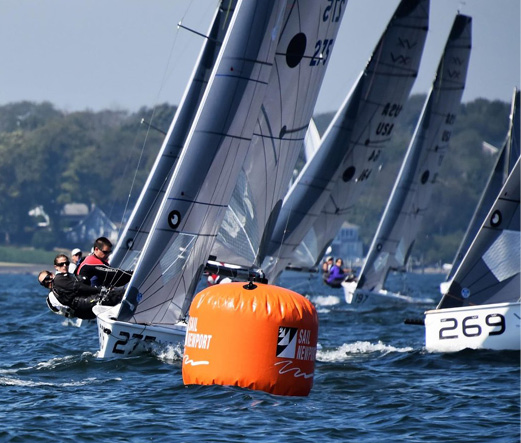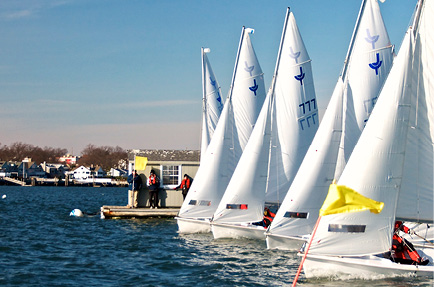Up to Speed & Smarts with Dells
Sail the Longer Tack First
When it comes to strategy on a beat, my most valuable guiding principle of all time has been to sail the longer tack first. It’s amazing how often this works and how much you can gain by doing it. The geometry of your racecourse is one factor you must consider in any strategic plan. And the most important geometric question by far is whether one tack is longer than the other. Here are some things to consider….

